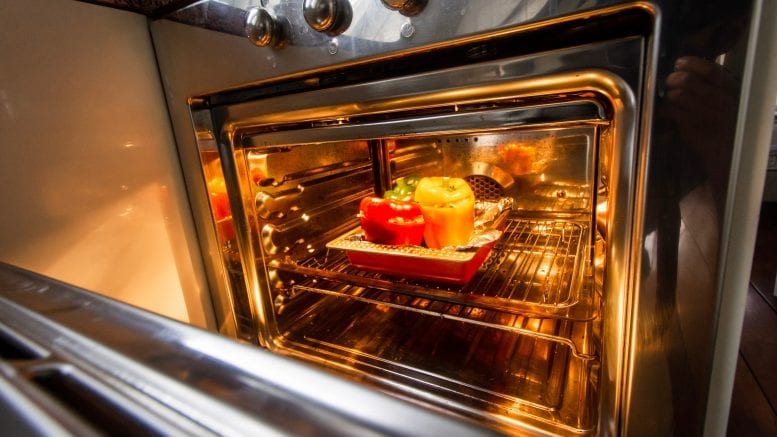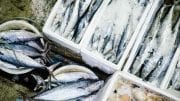Food poisoning lawsuits are ice-cold.
That’s why having the correct heating procedures for heating foods safely is so important.
Inadequate heating procedures increase the chance of foodborne illnesses, which can severely harm your guests and devastate your business. Proper knowledge of safely heating foods will help to avoid bacterial growth and ensure a positive dining experience for businesses and patrons alike.
Thawing
Frozen foods can be safely stored below 0°F for extended periods of time. However, raising the temperature of the food above 41°F and into the danger zone potentially activates harmful bacteria. Ensure safe thawing by using the following methods:
Microwaving
- Remove plastic wrap or packaging and thaw in microwave-safe containers.
- Use the microwave’s lower-power “thaw” setting.
- Cook immediately after thawing.
Refrigeration
- Plan ahead and ensure adequate time for thawing. Many meats take 24 hours or longer to thaw completely.
- Ensure that your refrigerator is kept at 40°F or cooler.
Cold Water
- In a watertight bag, submerge the food in cold water in a sink or appropriate sized container.
- Change the water every 30 minutes while thawing.
- Like microwave thawing, plan on cooking foods immediately upon thawing to avoid bacterial growth.
Important Precautions
- Avoid thawing foods using hot water, as this raises food temperatures at an uneven rate and may cause bacterial growth. Always use cold water.
- Do not leave foods sitting out at room-temperature. Any food left in the “Danger Zone” (40°F -140°F) becomes more susceptible to foodborne illnesses.
Cooking
Cooking safely involves raising the temperature to ensure that food is safe for consumption. Check out the tips below for safe cooking suggestions:
- Place thermometers in the thickest part of the food without touching bones or sides of the container to produce the most accurate readings.
- Cook foods to a temperature of 160°F or higher to ensure that the food is safe for consumption.
- Utilize a meat thermometer to accurately determine the food’s temperature.
Reheating
Chilled foods commonly require reheating. Again, maintain awareness and control of temperatures to help eliminate bacterial growth. Check out the tips below:
- Use a commercial microwave oven, commercial conventional oven, or commercial range to properly reheat foods.
- Use a thermometer to check that reheated foods have safely reached 160°F.
- When reheating liquids, bring them to a boil to ensure that any active bacteria are eliminated.






Be the first to comment on "Heating Foods Safely: Thawing, Cooking and Reheating"